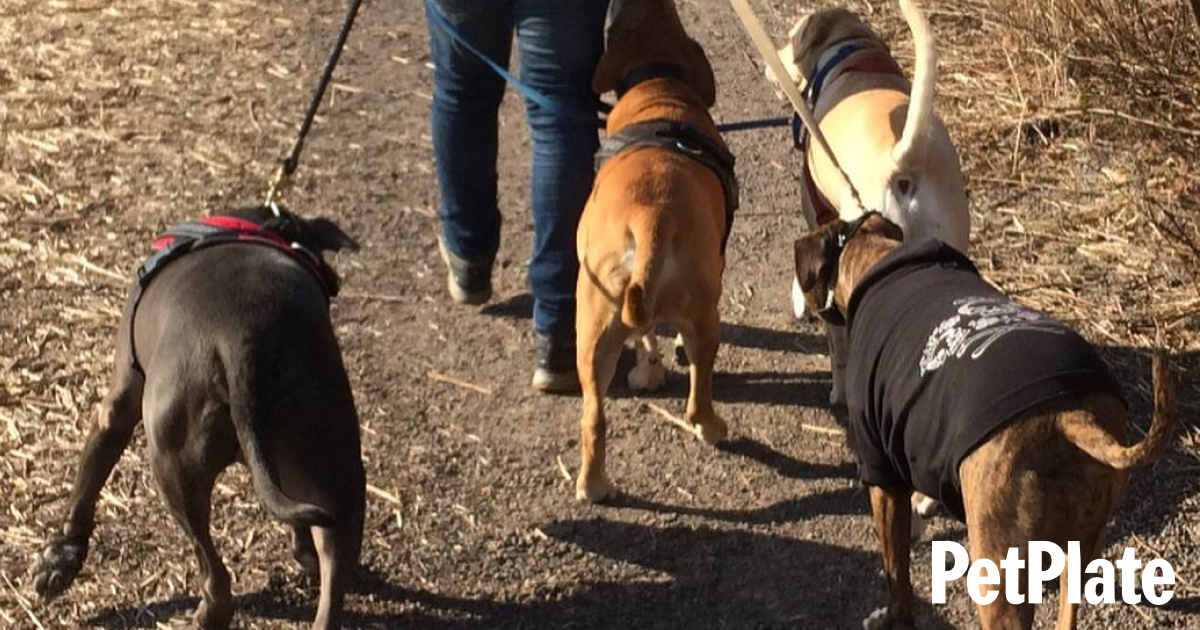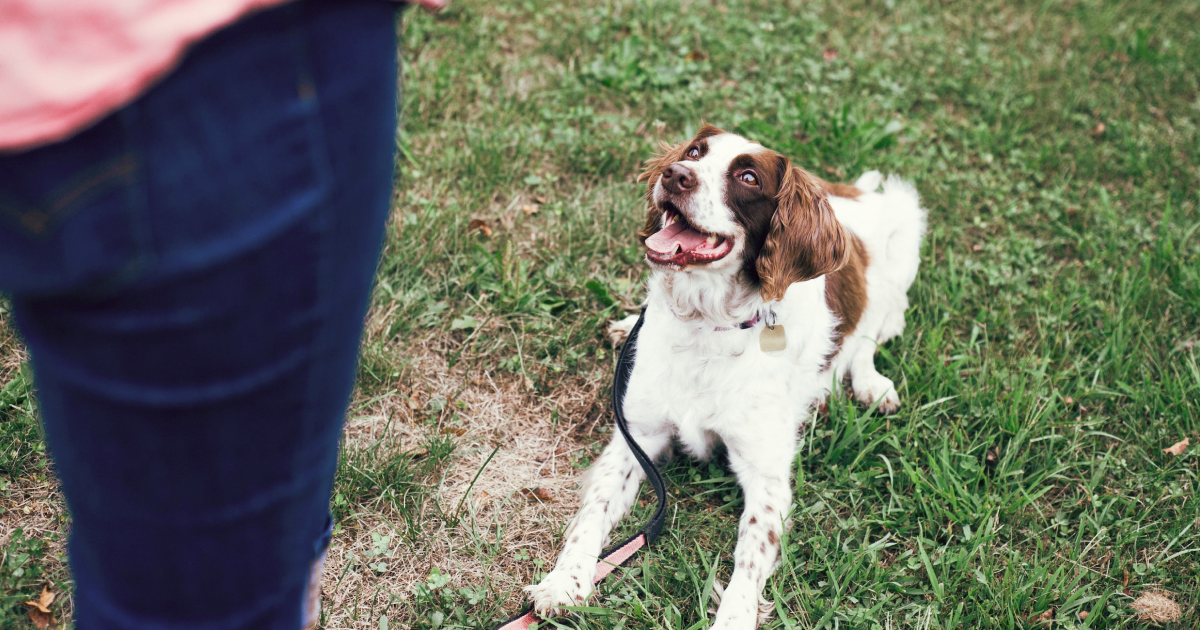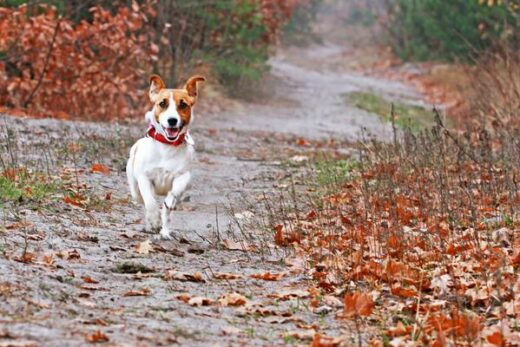
An untrained dog is still a great friend. But a trained dog can be an even better friend. Not to mention happier and safer, as training your dog is something that’s definitely done for their own good (not because you’re on a power trip).
When you start training your dog, you must do so with purpose. You should have a clear idea of what you hope to accomplish. This goal-oriented approach to dog training can deliver impressive and lasting results, especially if you plan your program based on the following list of the 10 best dog training tips.
#1: Start With Simple Commands
There are some principles of education that apply to both animals and humans. Whether you’re teaching your dog to sit or your children to ride a bicycle, it’s necessary to start simple to make sure they grasp the basics.
Once you’ve successfully taught them to heel, stay or come, then and only then will they be ready to move on to more complex demands.

How to train dogs to sit
Your dog can be taught to sit through the use of a verbal signal (“sit!”) combined with a treat and praise whenever they change to a sitting position. If they’re lying down you can hold their treat directly above their head, lifting it high enough to encourage them to sit up. Once they do, you should give them the treat immediately, along with a rub on the head and verbal affirmation of their goodness, or some variation on this theme.
If a dog is standing, they can usually be made to sit if you hold a treat above them and move it toward their rear, directly over their head. As they follow it with their eyes they will usually sit down on reflex, and at that point you can bring the treat back and feed it to them instantly, once again praising them for their excellent performance. Combined with verbal instructions to “sit!” this approach can eventually leave you with a dog that will sit on demand, even if no treat is being provided as an inducement.
#2: Begin Leash Training As Soon As Possible
Your dog should not react to your leash as if it were a burden or a distraction. Wearing one should come naturally to them, and that will only happen if you start training them with a leash as soon as you have the opportunity to do so.
Despite what you may think, a leash should not be used as a method of control. It should be used to encourage voluntary cooperation, based on your dog’s desire to follow your commands and do what you ask.
“A leash is a means of communication,” explains licensed trainer Fred Zorn of Fred Zorn Dog Training. “It’s a means of communicating with the dog.”
“Use the leash to teach your dog what the best thing to pay attention to is. And it’s not the other dog walking by or that awesome-smelling tree. The most interesting thing they could possibly pay attention to is you.”

How to train dogs to walk on leash
To properly leash train a dog, you must make sure that you remain their top priority. “Let the dog be in charge of the walk,” Zorn advises.
He instructs that you simply stop if your dog jumps out in front of you, and refuse to move until they come back to stand beside you. If they want the walk to continue, only being beside you will work. No other position will get you to budge.
Eventually, Zorn promises, your dog will realize that their cooperation is “the gas” that powers the walk, and allows you both to move forward.





